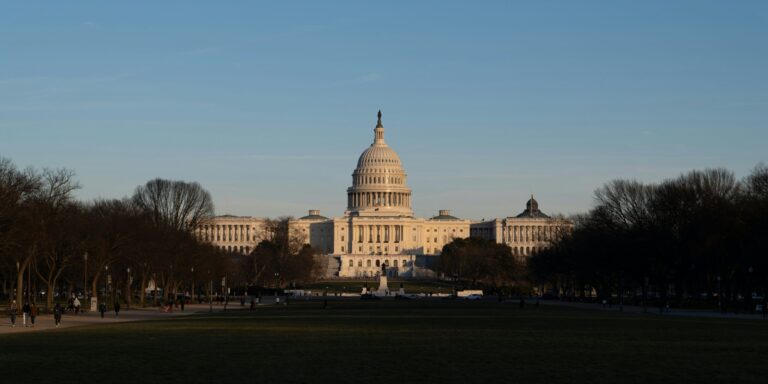The federal government shutdown has now entered its 12th day, leaving millions of Americans, including federal employees and citizens who rely on government services, in a state of uncertainty. The deadlock between Republicans and Democrats remains unresolved, with no clear path to a compromise in sight. As the shutdown stretches on, its effects continue to ripple across various sectors, impacting everything from government programs to national parks and public services.
The shutdown was triggered by an impasse over funding for government operations. Both parties are deeply divided over key issues, including budget allocations, spending priorities, and policies related to government programs. These disagreements have left lawmakers struggling to come to a consensus, resulting in the temporary closure of many federal agencies and services.
Federal employees have been particularly affected by the shutdown, with hundreds of thousands either furloughed or working without pay. Many are left in a difficult position, uncertain of when they will return to work or receive their next paycheck. The financial strain is especially hard on lower-wage federal workers who rely on their incomes to support their families. In the meantime, some government services, such as passport processing, public health initiatives, and certain social services, have been put on hold or severely limited.
Read Also: https://goldenstatereview.com/u-s-to-publish-september-cpi-report-amid-government-shutdown/
Meanwhile, citizens who depend on government services are feeling the effects of the shutdown in their daily lives. The closure of national parks, delays in federal grants, and disruptions to programs like food assistance and healthcare have left many without the support they typically rely on. In addition to the immediate inconveniences, there are growing concerns about the long-term impact on public trust in government and the ability of federal agencies to function efficiently in times of crisis.
Despite the challenges, negotiations continue behind closed doors, with both parties pledging to find a resolution. However, as the deadlock drags on, frustration among lawmakers and the American public is mounting. Some have expressed concern that the extended shutdown is eroding confidence in the ability of Congress to govern effectively. Others warn that prolonged inaction could lead to more severe economic consequences, particularly if the shutdown extends into key areas like defense spending, social security, and healthcare.
As the 12th day of the shutdown draws to a close, there is little indication that a breakthrough is imminent. Both sides remain entrenched in their positions, with little room for compromise. While both Democrats and Republicans have publicly stated their willingness to reach a deal, the political and ideological divide appears to be widening, leaving the fate of the shutdown uncertain.
With no end in sight, the pressure is mounting on Congress to find common ground and restore the critical services that many Americans depend on. As citizens and federal employees anxiously await a resolution, the question remains: How much longer will the shutdown persist, and what will it take to break the impasse? Until then, the country remains in a holding pattern, hoping for a solution that can end the deadlock and bring the government back to full operation.



